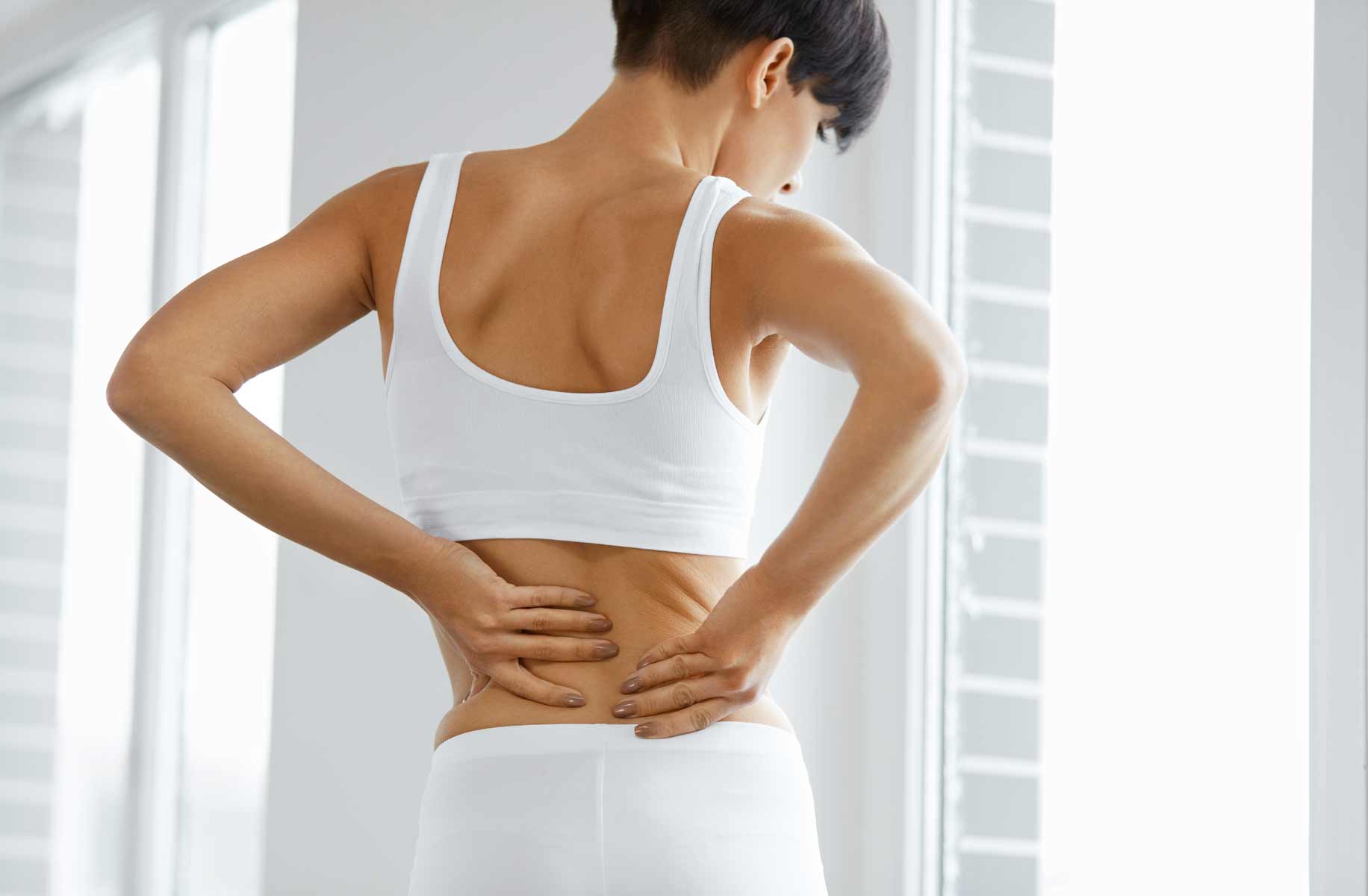
Pain Management
Lower Back Pain and Sciatica
Medical Disclaimer: The information and advice published or made available through this website is NOT intended to replace the services of a physician or a health care professional acting under a physician’s supervision, nor does it constitute a doctor-patient relationship which has been established by an in-person evaluation of a patient.
Nearly 8 out of every 10 people will have low back pain at some point in life. Back pain is one of the top reasons people seek medical treatment. It is also the No. 1 reported reason for seeking acupuncture. The good news is chronic low back pain is one of the conditions that research suggests acupuncture may be an effective tool for treating.
LOWER BACK PAIN
Lower Back pain is an aching feeling in the Lower back, and can occur suddenly (like when lifting an object) or slowly progress with age. The intensity of back pain ranges from a sudden, acute pain to a chronic, mild pain. Lower Back pain can be the symptom of several different conditions, including a physical injury, herniated disk, kidney stones, pregnancy, scoliosis, arthritis and more.
TCM Point of View
Lower Back Pain is the most common condition we face daily. For Acute Condition among young athletes, sometimes even 1 treatment is good enough. For Chronic conditions, we usually recommend 10-12 Treatments over 1-3 months of time.
Treatments
Acupuncture, Cupping, & Moxibustion, Herbal Medicine (internal/external), and Acupoint Injection & Prolotherapy: For acute conditions, regular acupuncture treatments are usually good enough. Sometimes cupping can be applied. For prolonged chronic conditions, moxibustion treatments are highly recommended along with acupuncture.
For athletes with recurring soft tissue injuries (Torn Ligament & Tendons), we also do Acupoint Injection & Prolotherapy.
Prevention
Exercise & Yoga, and Correct Sitting Posture.

SCIATICA OR PIRIFORMIS SYNDROME
Sciatic nerve is the largest nerve in the body, which consists of a large bundle of smaller nerves that begin in the lumbar spine, travel down the buttocks, and move through the leg. Technically, sciatica is not a disease, but a group of symptoms that affect the region of the sciatic nerve. Radiating pain is one of the more common and intense symptoms associated with sciatica. There can also be numbness and tingling starting in the lower back radiating down the leg.
What causes sciatica
Sciatica occurs when something pushes on the sciatic nerve. This can be a muscle spasm, the spinal discs, and sometimes even the spine itself. Most often this pain is due to muscle spasms or a slipped disc, but it can also be a sign of serious illness and it is important to go to you doctor for a diagnosis.
Spinal Disc herniation, often referred to as a slipped disc, is when a small portion of the spinal disc bulges out of the spinal column. This disc then pushes on the sciatic nerve causing pain. In some severe cases, spinal stenosis, or a narrowing of the spinal canal, can push on the nerve and cause pain. Another serious cause of sciatica is spinal tumours, which require immediate medical attention.
Muscle spasms are also a common cause of sciatica. Most often it is the piriformis muscle, but it can be other muscles in the lower back and pelvic region.
What is piriformis syndrome
The sciatic nerve runs under or, in some people, through the piriformis muscle. This muscle is located in the pelvis. It is connected to the bottom of the spine and the top of the femur, or thighbones. If the piriformis muscle starts to spasm or becomes tight, it can put pressure on the sciatic nerve and cause the pain as well as the radiating symptoms. This persistent spasm of the piriformis muscle is called piriformis syndrome. It can be caused by an injury or sedentary lifestyles in people who don’t stretch or exercise. Particularly if you sit all day at a desk or computer, this can be a problem.
Treatments
Both conditions respond very well on acupuncture treatments. Patients usually have pain-relief by 3 treatments. Additional treatments – Herbal Medicine, Moxibustion, Acupoint Injection, and etc – might be necessary depending on individual’s conditions such as severity, age, physical & emotional level, and etc.
Prevention
Stretch & Yoga: Especially stretch hamstrings muscles.
